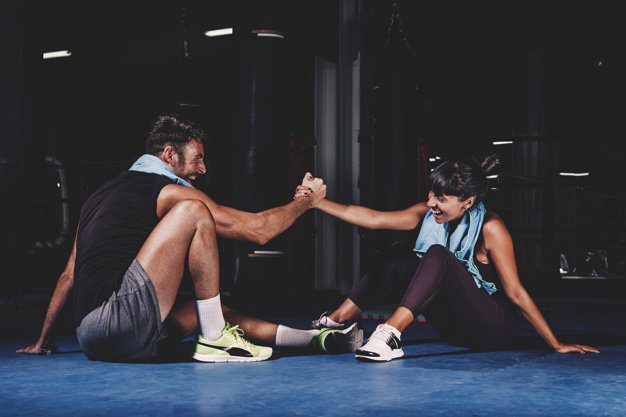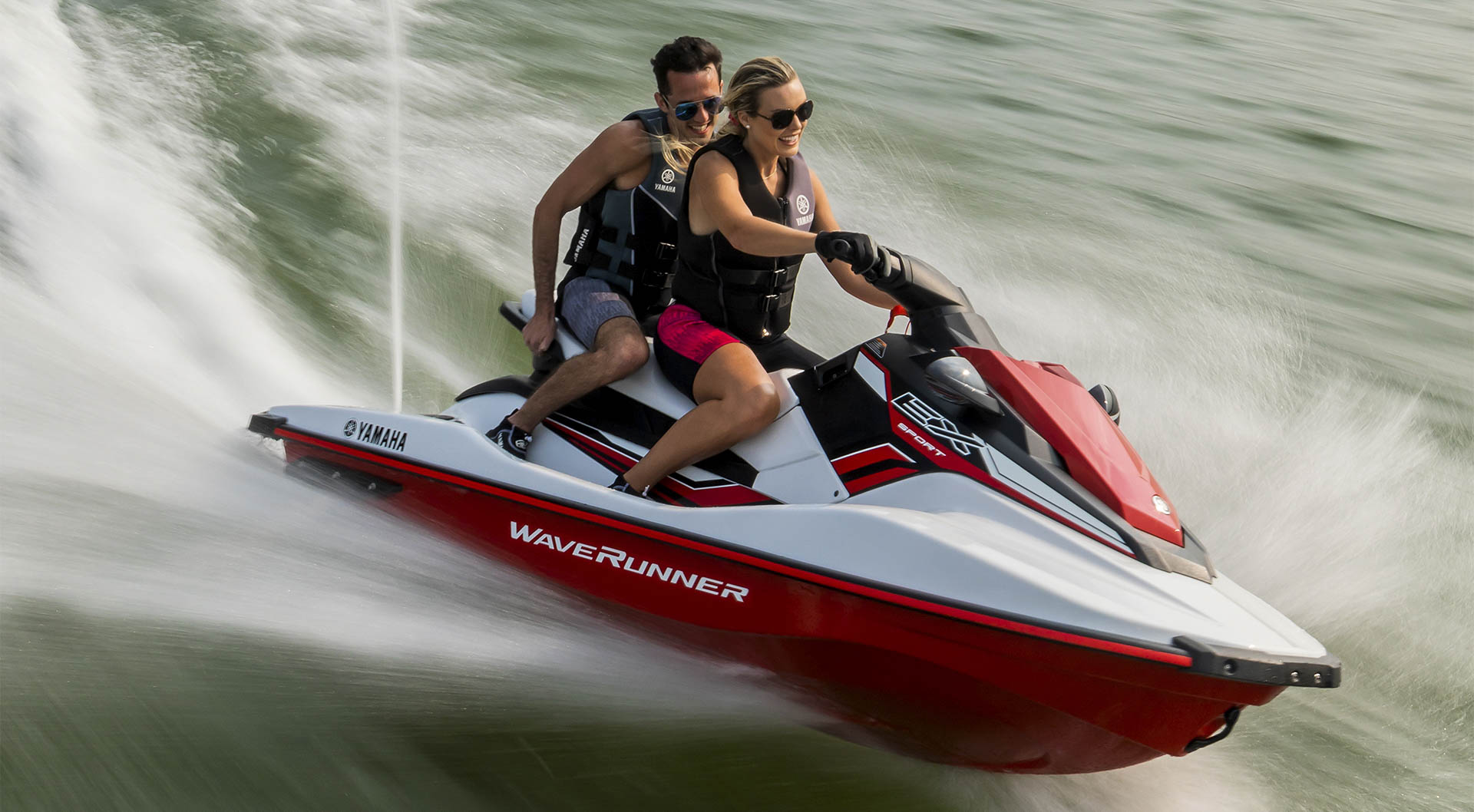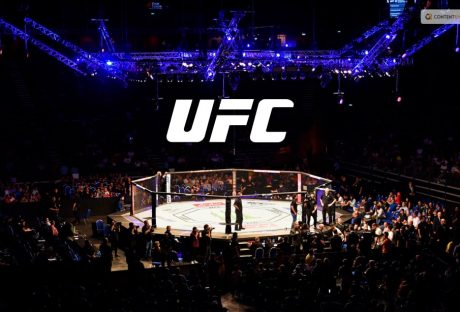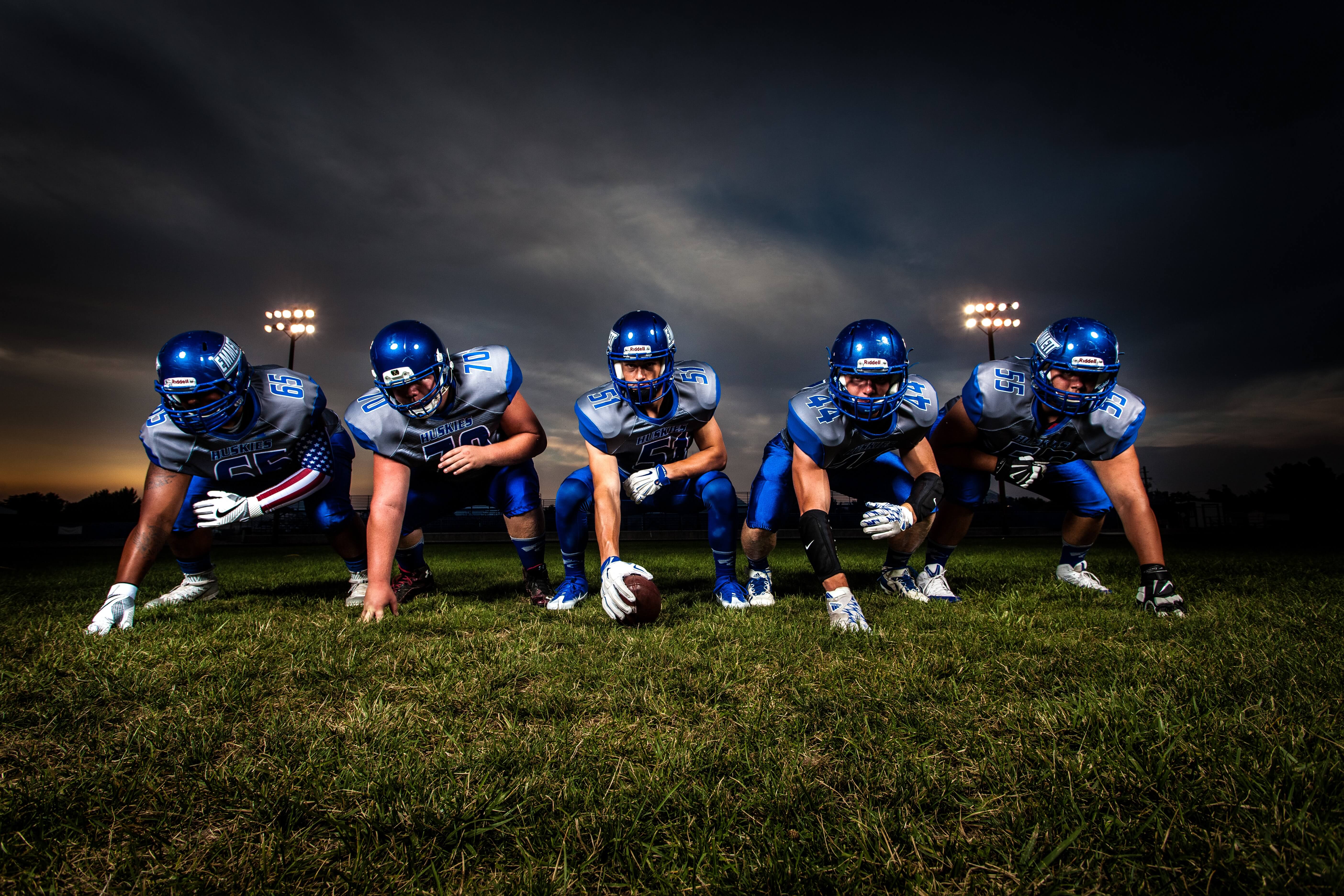Using the right ping-pong paddle can significantly change your game and greatly decrease the strain on your hand. A wrong paddle not only affect your target, but it can as well affect your spin and the return time. There are numerous paddles on the market, but when it comes to buying a ping-pong paddle, you should search for one that offers the best play. Below are the features to look for;
Buying Guide of Ping Pong Paddle:
1. Brand:
You will get that some brands are slightly more expensive than others. The brands that have been in existence for a long time are well created, which makes them better than most base brands. But these high-end paddles are quite expensive. The purchase of such ping pong paddles can be quite high for a lot of individuals, particularly for first time players. It is recommended that you choose a brand that you can afford because there are other ping-pong products that you need to buy besides the paddles.
2. Grip
There are three types of grip: Flared, anatomical and straight. When searching for ping pong paddle, look out for the grip. The grip you choose should make you feel good when playing. Flared and straight handles are the most common options that are seen nowadays, although sometimes the anatomical grip can as well be seen. It is believed that flared grip is good for striking consecutive shots and if you want to hit backhands consider the straight handle, but do not worry about it. Just get something that is better and comfortable in your hands, and you can start.
3. Weight:
A lightweight ping pong paddle tends to be good for a defensive player and one who plays close to the table as it tends to help the player react quicker. The medium-weight paddle is a good choice for a player who is all around. A heavy paddle is a good option for players who are aggressive and want to make powerful-packed shots. It as well suits players who play from a far distance since the weight is required to pump power into the shots so they can easily overcome the extra distance. The heavier paddles offer a lot of spin and control; however, a heavy paddle has a slower reaction time due to the weight.
4. Size:
When you are shopping for a paddle, go for a paddle that you can buy and fits your budget. Large paddles tend to be expensive than standard size paddles. If you are a first-time player, buy a standard size paddle as it will make your playing easier and won’t cost you much. Large paddles are for those experienced players.
5. Spin:
Spin is another factor to consider when buying a ping-pong paddle. Most of the times, a lighter paddle gives very good control and sufficient spin. The make and quality of the rubber in the paddle will as well determine the spin you will make. It can as well be improved by a lighter blade. The heavy spinning paddle can make it difficult for your competitor to have shots. A lighter weight paddle spins the most and it is one of the best for players who play with defensive and offensive style. For an experienced player, he/she should buy for a paddle which has a higher spinner rating.
6. Quality:
When looking for a ping pong paddle, get one that can last for a long time and useful. Low-quality paddles tend to be distorted quickly. Remember, you will always get a high-quality paddle for your cash, depending on your budget. Therefore, you must do a thorough search to determine the best quality paddle to buy.
Final verdict:
The ping-pong game is not just a game, it’s as well a game full of excitement. Whenever you feel depressed or tired of life, try this game. You will enjoy it to the fullest. In order to participate in a tournament game, you need to develop your game strategy, otherwise, your playing time is a waste. For this, you have to buy the best ping-pong paddle right from the start.
Read Also:






















